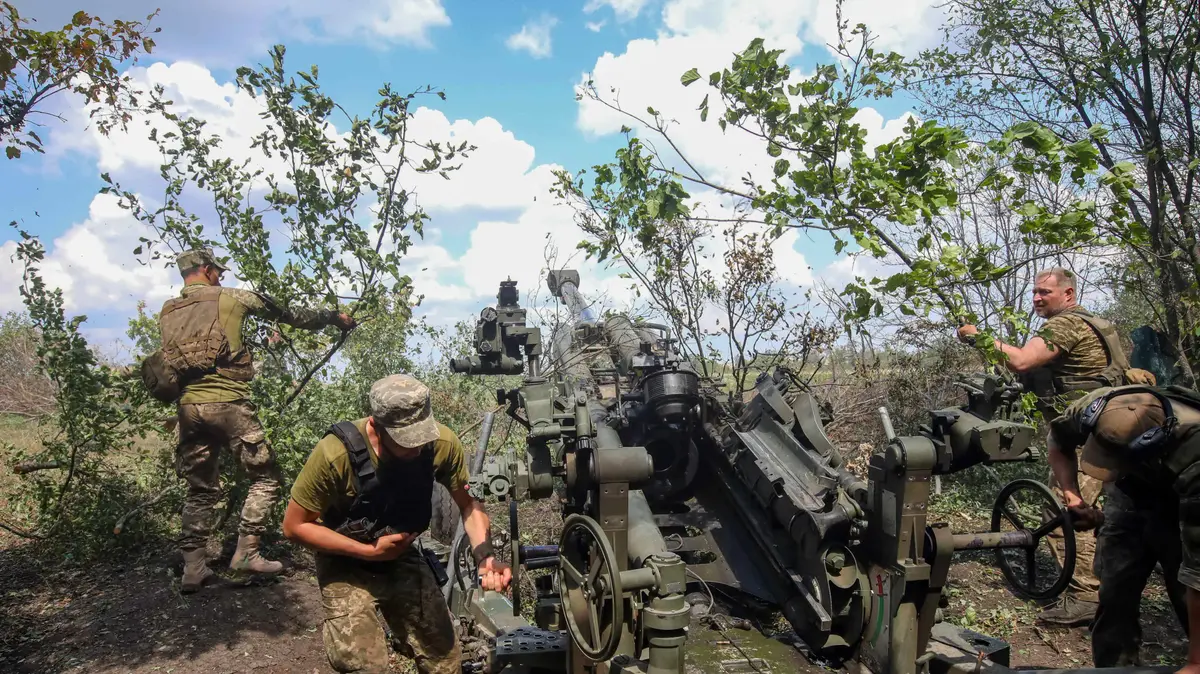Russian Electronic Warfare Impact on Ukraine's Defense Operations
The ongoing conflict between Russia and Ukraine has seen significant advancements in electronic warfare, leading to drastic disruptions in the effectiveness of various American-supplied weapons. According to reports from senior officials in Kiev, Russian electronic warfare has notably impaired the accuracy of GPS-guided Excalibur shells and HIMARS, critical weaponry that had been indispensable to Ukraine's defense efforts. This revelation, disclosed by The Washington Post, showcases how Russian tactics have compelled Ukraine to reconsider and halt the usage of these advanced systems, demanding urgent upgrades from the Pentagon.
The implications of Russia’s success in electronic warfare extend beyond Ukraine's immediate battlefield. There are concerns that Moscow might share its strategies with other adversaries of the United States, including China and Iran. For instance, the Excalibur shells’ precision declined sharply, leading Kiev to cease their use. This setback underscores the need for the US and its allies to redevelop these weapon systems to counteract Russian electronic interference.
New US Military Assistance Package and Its Implications
In response to the ongoing conflict, the Pentagon announced a $275 million military assistance package for Ukraine, marking the 58th tranche of aid since August 2021. This extensive assistance includes various forms of ammunition for HIMARS MLRS, artillery shells, mortar shells, TOW missiles, Javelin man-portable anti-tank guided missiles, and a variety of other munitions. The aim of this package is to bolster Ukraine's defense capabilities against the Russian offensive, particularly around Kharkiv.
Despite the significant military aid, Russia's Ambassador to the United States, Anatoly Antonov, criticized Washington's continuous support for Ukraine, accusing the US of prolonging the conflict and increasing casualties on both sides. This criticism highlights the contentious nature of international support and the complex dynamics of the war.
The US and its allies have started to lift restrictions on the use of supplied weaponry. For example, the UK has authorized Ukraine to use British-made Storm Shadow cruise missiles against Russian territory, a move that could indicate a shift in Doctrine among NATO countries regarding the permissiveness of Ukrainian counteroffensives.
In summary, the relentless advancements in Russian electronic warfare have forced Ukraine to adapt its strategies and seek continuous support from Western allies. Simultaneously, the international community is navigating the escalating tensions and the potential for broader conflicts as Ukraine’s allies reconsider their restrictions on offensive capabilities.
- The Pentagon's swift response to Ukraine's needs is a testament to the ongoing commitment of the US to support its allies. This has involved not just the provision of arms but also critical protective gear such as helmets and body armor to ensure the safety of Ukrainian personnel.
- Furthermore, logistics challenges remain a critical concern. The vulnerability of supply chains to Russian attacks underscores the complicated nature of delivering military aid effectively. Despite these challenges, the continuous flow of support reflects strategic priorities in the US defense policy towards Ukraine.
- There is also a broader international dimension to the conflict as other geopolitical hotspots, such as Taiwan and the Middle East, continue to hold significant strategic interest for the United States, limiting the extent to which it can allocate resources exclusively to Ukraine.






